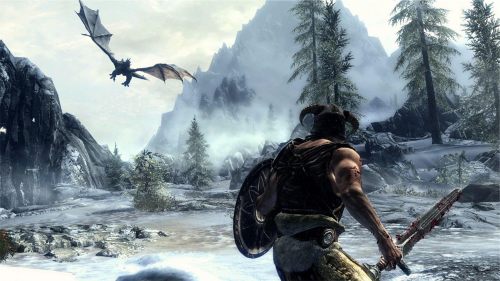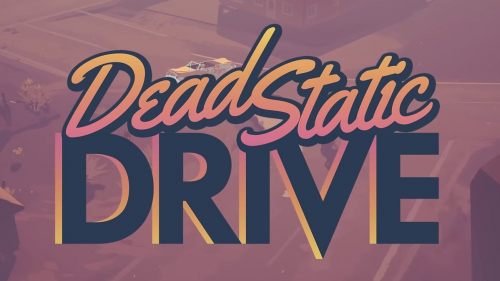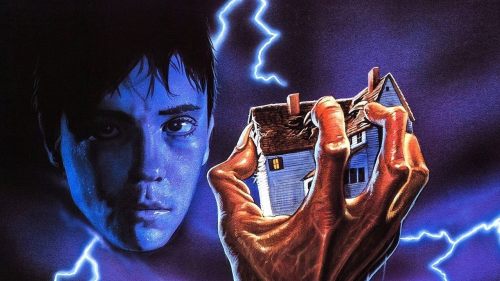DARKEST DUNGEON Game Review: Abandon Hope, Embrace Madness
I’m gonna say it: the majority of horror games aren’t interesting to me right now. There’s only so much inching down a spooky corridor, looking at spooky things, and getting spooked by spooky jump scares one can do before it blurs into monotony. Even Resident Evil is now going the way of the first-person scare-’em-up, and the mechanical, YouTuber-centric predictability of the genre just isn’t working for me.
Red Hook Studios' Darkest Dungeon, then, is a rare horror game that does something different. Playing in many respects like a tabletop role-playing game, it pushes player-controlled heroes through a Lovecraftian world of horrors - sometimes under serious protest. It’s not scary per se, but its game mechanics that invoke horror’s key emotion - dread - better than any volume of screen glitches, scuttling monsters, or screaming ghosts.
Broadly speaking, Darkest Dungeon charges players with protecting a dingy town beset by demons, the undead, and other horrible beasties, thanks to a portal to another realm. There’s a story that plays out as the game progresses, but the bulk of playtime is spent taking squads of four adventurers into the surrounding area to perform a range of unpleasant tasks. The actual missions aren't particularly grabby (and neither are the procedurally-generated dungeons), but it’s the in-mission experience that makes Darkest Dungeon so likeable.
Most encounters in Darkest Dungeon take the form of turn-based combat. Your four adventurers form an orderly line, as do their enemies, with their position determining which of their various abilities and attacks they can use - or how effectively they can use them. Characters with ranged attacks are better suited to the back of the line, for example, while melee-focused characters sit happily at the front; others still might have healing or support abilities that increase effectiveness in the middle. Choosing heroes is an intricate exercise in checks and balances, and the number of statistics to consider can be overwhelming.
Perhaps it’s better not to describe Darkest Dungeon’s characters as “heroes.” The folks heading to their probable deaths range from Bounty Hunters to Jesters to Abominations, each with different gear and abilities. The game’s ingenious “quirks” system endows characters with physical or emotional attributes that grant them statistical buffs or debuffs, or even make them behave in unusual ways. One of my characters turned out to be an devoutly religious kleptomaniac with lightning reflexes and some kind of blood disease, for example. Though randomly-assigned, these quirks a remarkably elegant way of adding depth to generated characters. In between missions, you can level characters up; upgrade their equipment; treat them to a night at the pub, casino, or brothel; treat their negative quirks at a sanitarium; and even rename them - though you do so at your own peril. As in the XCOM series, it’s all too easy to become attached; also like those games, death in Darkest Dungeon is permanent.
Death also isn’t the only risk, for as the game told me at one point, “there can be no bravery without madness.” This is a game about the toll that dungeon-crawling takes - physical or mental. Between the game’s horrifying array of eldritch creatures, its inhospitable environments, and its ever-encroaching darkness, characters can suffer disease, starvation, disability, parasites, crippling fear, or even simple stress. Every character accumulates stress as they go on adventures, but certain attacks or effects can increase it dramatically - up until they reach their breaking point, at which they gain a new negative quirk (or a positive one, if they respond positively to stress - one of many lovely little exceptions to rules). Even with occasional campfire stops, in which characters can heal or buff each other for future encounters*, it’s very easy to get overwhelmed, sometimes necessitating a sensible retreat back to town to lick their wounds more thoroughly.
Balancing those threats - not to mention dealing with the game’s intricate turn-based combat and spreadsheet-like stats - is a serious challenge, but it’s not impossible. Though there’s a steep learning curve (particularly on console, where the controls are as arcane as the nightmares you’re meant to be using them against), the difficulty merely means victories will be pyrrhic, and defeats hard-fought.
If this sounds like an exercise in self-flagellation, worry not - unlike many games on the horror-RPG continuum, Darkest Dungeon has a fiendish sense of humour. An omnipresent voice accompanies your heroes at all times, narrating their every move. But unlike Bastion’s similar narration mechanic, Darkest Dungeon’s narration is written so purply as to frequently be hilarious. It’s more interested in the genre's grandiose word-painting than in being frightening - this is a literary horror, not a visceral one, no matter how gloomy the woodcut art.
Darkest Dungeon ain’t for everyone. It’s complex, difficult, and appeals to a specific niche of horror fandom. It’s also addictive, clever, and defiantly uncool, and I love that about it. It captures oppressive horror through game mechanics and atmosphere, rather than through scares. But its outright charm appeals most: the borderline fan-fiction writing, the comically overflawed characters, and the nerdy combat lend the proceedings the air of a tabletop game meant to be played in a darkened room, with thick, dark beer one’s only consolation. And that's appropriate. Gotta mourn Drippy the Houndmaster somehow.
* My favourite campfire activity: “Mockery,” which reduces stress levels for everyone except its target. Nobody said Darkest Dungeon’s sense of humour was a kind one.



